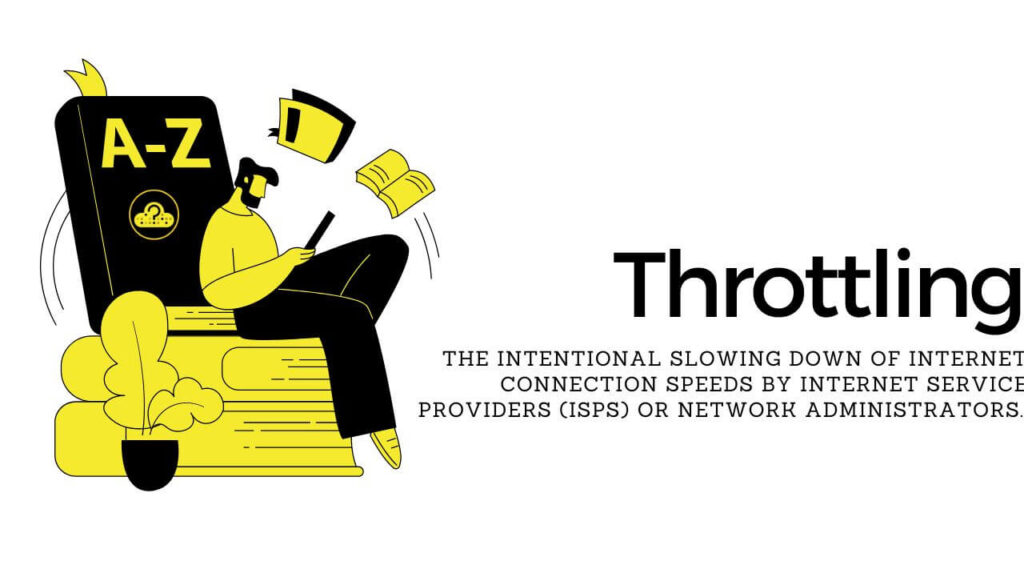What Is Throttling?
Throttling refers to the intentional slowing down of internet connection speeds by Internet Service Providers (ISPs) or network administrators, often targeting specific types of online activities. This practice can impact the performance of various applications and services, leading to reduced download and upload speeds.
- Short Definition:
- The intentional slowing down of internet connection speeds by Internet Service Providers (ISPs) or network administrators.
- Extended Definition:
-
Throttling, within the context of Virtual Private Networks (VPNs) and internet usage, involves the deliberate restriction or slowing down of internet connection speeds. It is typically carried out by ISPs or network administrators with the intention of managing network traffic or influencing user behavior. Throttling can affect specific types of online activities, such as streaming videos, downloading large files, or engaging in online gaming.
ISPs may employ throttling as a means to alleviate network congestion during peak usage times or to enforce data usage limits on specific plans. In some cases, ISPs might prioritize certain types of traffic over others, leading to slower speeds for services that are not prioritized. Throttling can impact the quality of the online experience, resulting in longer loading times, buffering issues, and reduced overall performance.
VPNs play a role in countering throttling by encrypting user traffic and routing it through secure servers. This encryption can make it more challenging for ISPs to identify and selectively throttle specific activities. As a result, using a VPN can sometimes lead to improved speeds and a more consistent online experience, particularly when facing ISP-imposed restrictions. However, it’s worth noting that some VPNs themselves might face throttling from ISPs if their traffic is detected and categorized as VPN traffic.

For more definitions, check out our dedicated Definitions List.
